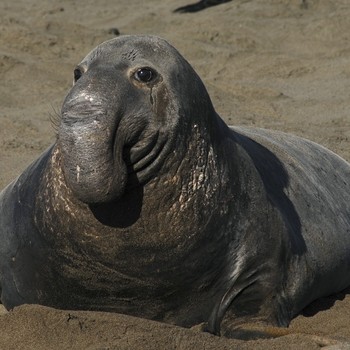What is the negative feedback mechanism in the regulation of body temperature?
1 Answer
Thermoregulation
Explanation:
Thermoregulation refers to the regulation of body temperature. Changes in temperature can either be external or internal. We have receptors on our skin (peripheral receptors) for external changes, and receptors in our brain (central receptors) which monitor the temperature of blood as it circulates through the brain.
Now, when the stimulus of a change in temperature is detected by your receptors, it sends a message to the hypothalamus, the control centre responsible for thermoregulation. The anterior hypothalamus is responsible for cooling the body down, whereas the posterior hypothalamus is responsible for heating the body up. A message from the receptors is interpreted by the hypothalamus, then sent to the appropriate effectors.
When temperatures get too high, effectors include sweat glands and muscle tissue in arterioles (blood vessel). The anterior hypothalamus tells sweat glands to secrete sweat, which cool the body down by evaporative cooling. Furthermore, arterioles are dilated in order to increase blood flow to the skin, resulting in the loss of heat (this is called vasodilation).
When temperatures get too low, effectors include erector muscles in your skin and muscle tissue in arterioles. The posterior hypothalamus tells ur erector muscles to contract, giving you goosebumps and raises hairs. This reduces heat loss and basically "traps" a layer of warm heat above your skin. Furthermore, arterioles are told to constrict, decreasing blood flow to the skin, resulting in the retention of heat (vasoconstriction).

